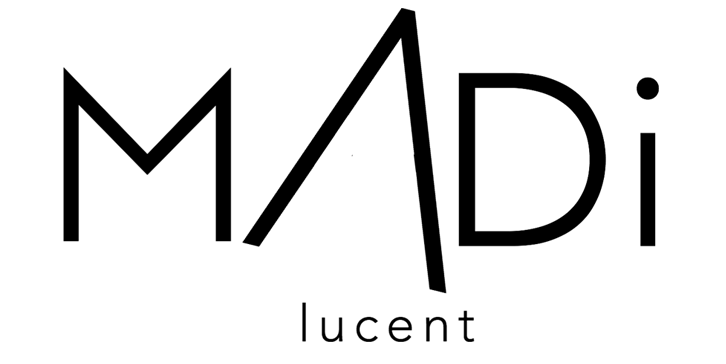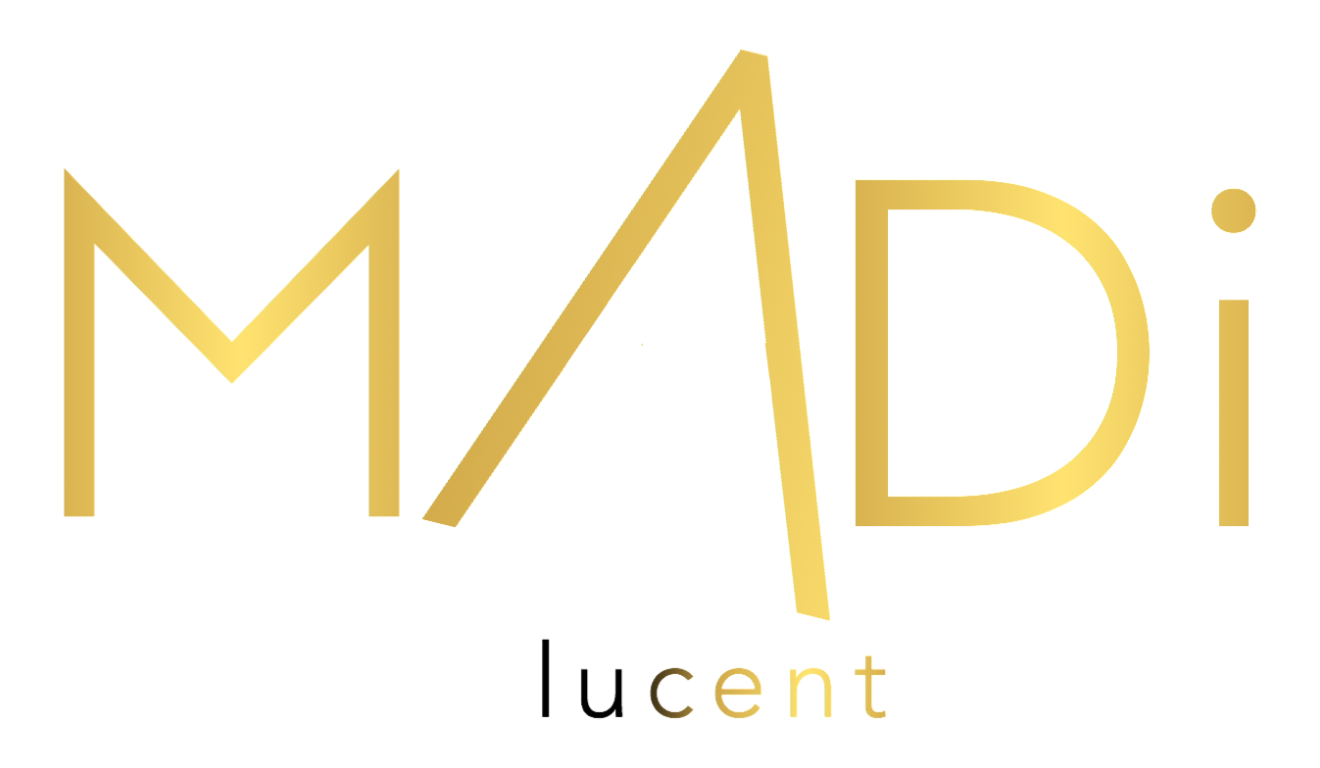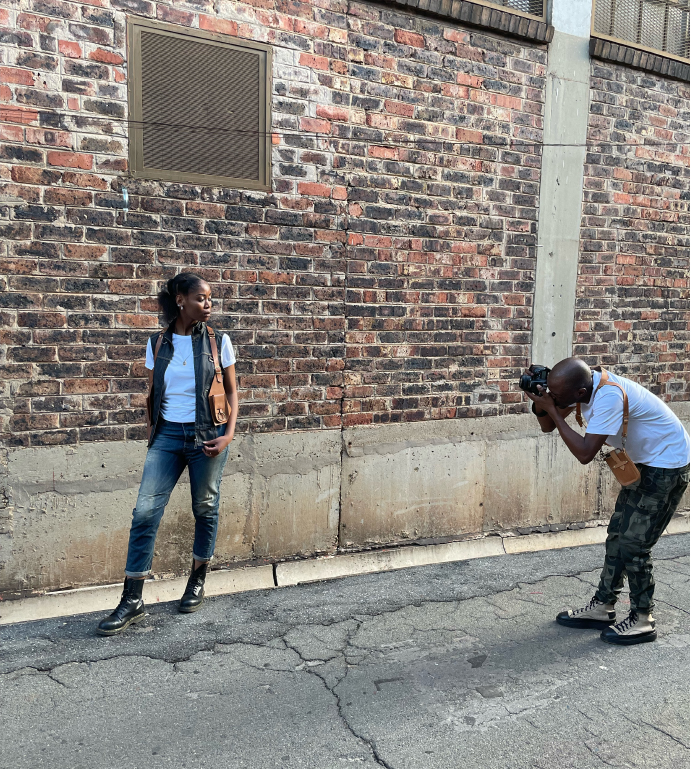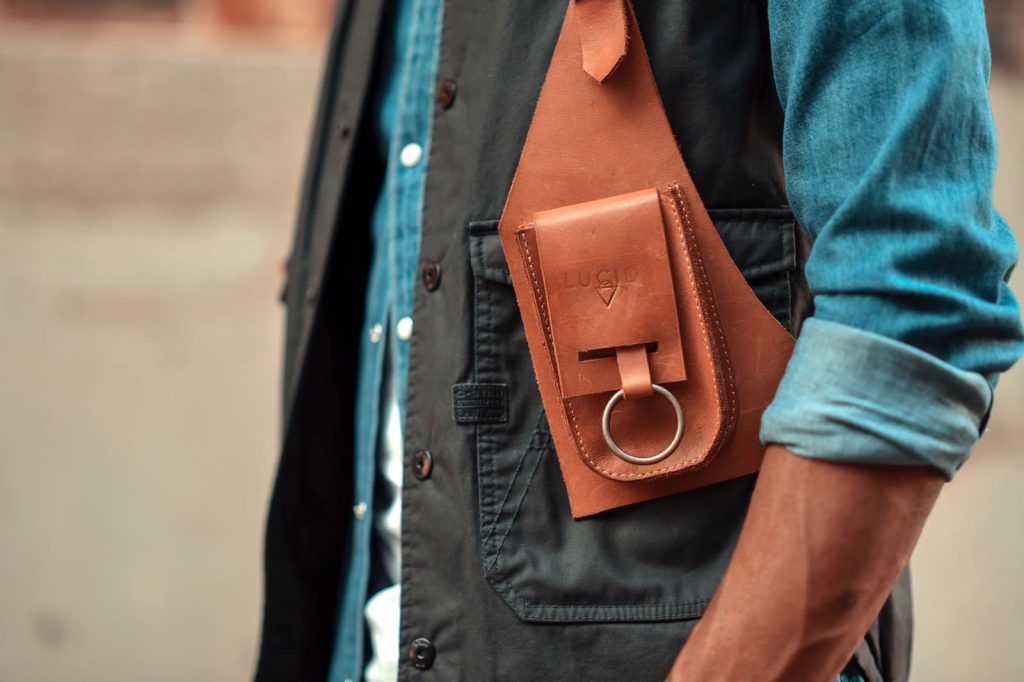Embracing a Sustainable Future
Our world is a precious gift that supports our lives and the lives of all living organisms. It’s vital that we live in harmony with it and create an ecosystem that benefits every creature that calls it home. However, we are currently facing an environmental crisis that threatens the future of all life on this planet. This crisis, largely a result of the industrial revolution, has been fueled by human activities that have neglected the impact on the natural environment. We have overexploited natural resources, endangered our forests, increased global temperatures, and polluted our air, water, and land. Every year, another species goes extinct. So, what is the solution?
Humans are naturally curious and creative. We will not stop creating or exploring the countless possibilities available to us. But what if we changed our approach to making things? What if there is a better and more effective way to create? This is where circularity comes in.
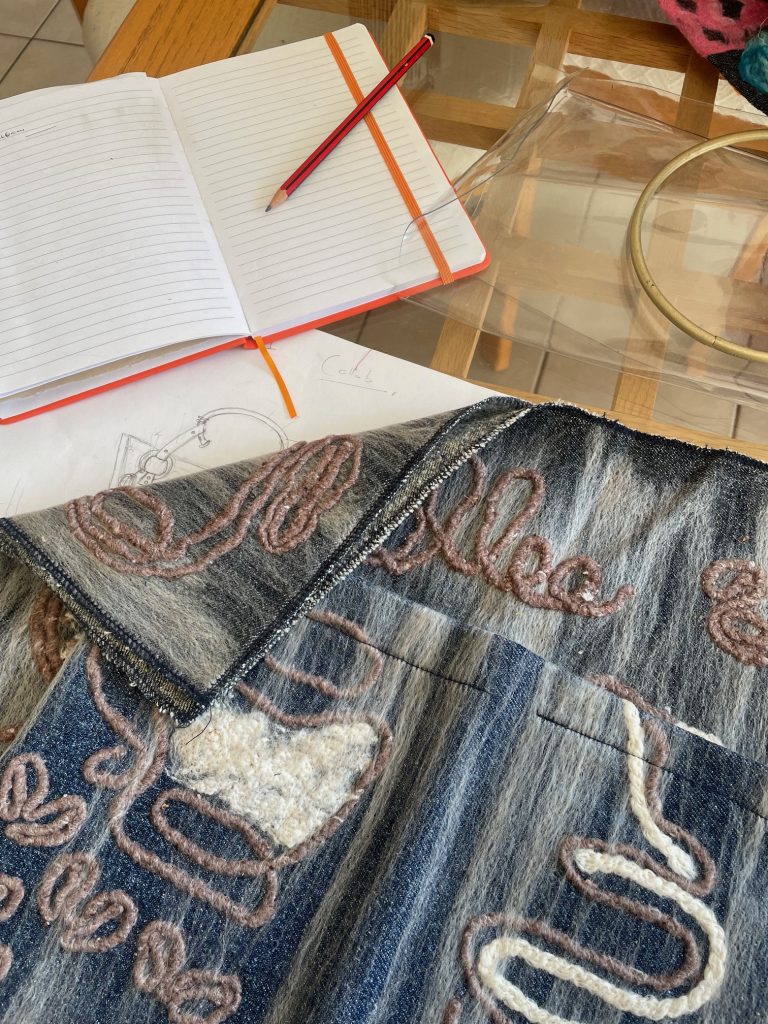
Circularity may sound like a new term, but it is a concept deeply rooted in the natural world. According to Brightest, circularity is a sustainable model, process, or economic system focused on re-use and waste elimination. Simply put, circularity means waste from one process becomes a resource for another. Nature is our greatest teacher, and by observing and studying it, we can learn a lot about creation processes.
In nature, everything lives in harmony. Take photosynthesis, for example: energy from the Sun is used by plants to grow, these plants then produce food for other organisms and release oxygen (which we need to breathe) as a byproduct. When plants die, they decompose, fertilizing the soil for new plants to grow. This is circularity in action—nothing is wasted in nature.
Understanding circularity helps us grasp the concept of circular design. The Interaction Design Foundation defines circular design as the practice of creating durable, reusable, repairable, and recyclable products that generate zero waste to support a circular economy. The way we approach the design of new or existing products can significantly impact the environment.
If we transform how we create everyday products by following circular principles, we could positively alter the narrative of pollution in our world. Creating circular products that are economically viable can lead to a harmonious existence that fulfills our needs and desires while ensuring that other life forms on the planet also thrive.

At Madi Lucent, we have consciously decided to approach design with a circular mindset, thanks to the knowledge gained from participating in the inaugural Circular Economy Accelerator by Fetola in 2023. From the research and conceptualization phase of a product design, we consider its impact on the value chain and our natural ecosystem. We design products with the aim of reducing as much waste as possible, considering our available resources, tools, and knowledge.
For example, we create products from cowhide, a byproduct of the meat industry. We favor it for its durability, quality, and longevity. Products made from cow leather tend to have a longer lifespan and can be passed down through generations before becoming waste. Leather is also a natural, biodegradable material.
Another way we embrace circularity is by designing products with multiple functions that offer more wearability, adjustability, and repairability. We produce our products on order to avoid waste from large stockpiles, saving resources, time, and energy. Circular design and product development is not just something we do in-house for our own designs but we also offer it as a service to our clients.
These are just a few examples of how we incorporate circular concepts into our work and services. Though this approach has its challenges, our goal is to explore other materials and methods to create sustainable quality products throughout the value chain, from sourcing to retail and after use. We aim to move away from conspicuous consumption, fast fashion, and throwaway culture.
Although circular design is a relatively new concept in South Africa, we hope to inspire you to consider how you can embrace these principles in your approach to product creation and service delivery. The future of life on this planet depends on how we address today’s problems.
Do you agree that a circular approach to how we design everyday products could be a viable solution to our envrironmental problems? share your thoughts with us below, we love hearing from you.
